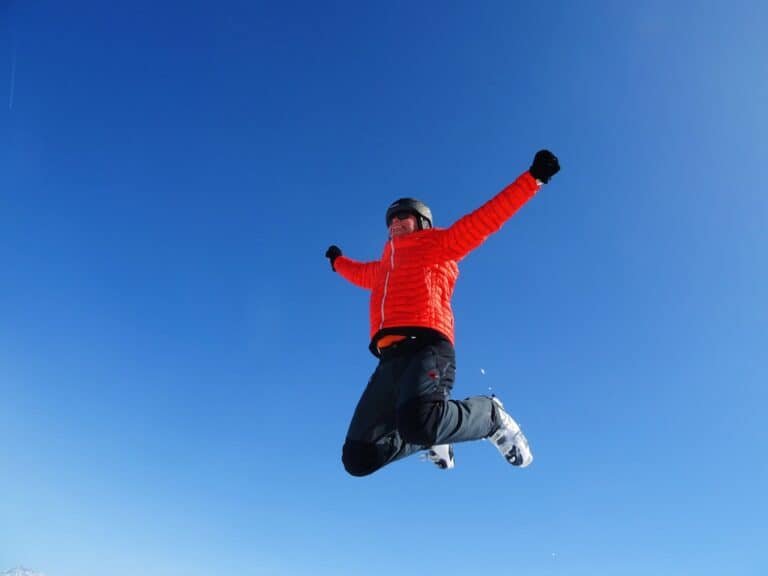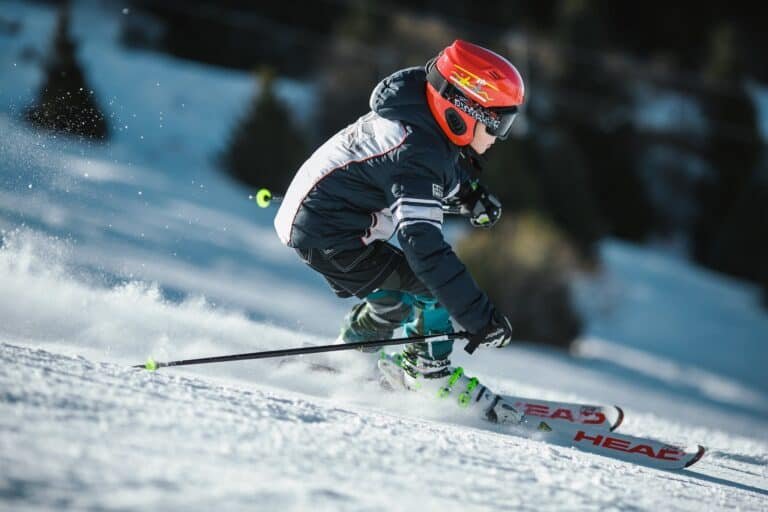Stay Warm on the Slopes: The Ultimate Guide to Heated Ski Socks

Imagine gliding down the slopes, feeling the rush of adrenaline, and enjoying the breathtaking winter wonderland, all while keeping your feet warm and cozy. Say goodbye to numb toes and frozen feet, thanks to the latest innovation in winter sports gear: the heated ski socks!
In this blog post, we’ll explore the benefits, evolution, types, and maintenance of these game-changing socks, helping you enhance your winter sports experience. You can also check my article about the best ski boot heaters if you prefer insoles rather than a pair of socks.
Key Takeaways
Say goodbye to cold feet with heated ski socks for ultimate warmth & comfort while skiing!
Experience customizable warmth and convenience with battery packs, adjustable temperature settings & app remote control options.
Get the perfect fit for your ski/snowboard boots plus keep them in top condition with proper care and maintenance.
Exploring the Benefits of Heated Ski Socks

Heated ski socks are not merely a luxury item; they provide a multitude of advantages for those who enjoy winter sports. They are engineered to boost comfort and performance on the slopes by keeping toes warm and promoting better blood flow.
Say farewell to the struggle of cold feet and inadequate ski boot heaters during your winter escapades!
Keeping Toes Toasty Warm
Heated ski socks, such as the Rabbitroom electric heated socks, offer the following benefits:
Ensure warmth is evenly distributed to the toes through integrated heating systems and surround heat technology
Improve blood circulation, ensuring that warmth is evenly distributed to the toes as the blood circulates
Provide unbelievably comfortable feet, allowing you to have a blast with your snow sports activities without the distraction of cold feet.
Heated ski socks do more than just keep your toes warm, they also enhance your performance on the slopes. Cold toes can hinder your control and agility, whereas warm toes lead to better maneuverability and improved performance in snow sports. Plus, with warm toes, you can spend more time on the slopes without having to take breaks to warm up, allowing you to make the most of your snow sports experience.
Enhancing Blood Circulation
Heated ski socks do more than just warm your feet, they also:
Boost blood circulation by encouraging blood flow in your feet
The heating wires in the socks raise warmth, resulting in dilated blood vessels and enhanced circulation
This can be especially beneficial for individuals with poor circulation or chronically cold feet
Improved blood circulation in the feet has several amazing benefits, including increased blood flow, decreased inflammation, and lower pressure in the veins. This can significantly enhance performance, minimize discomfort, and promote superior foot health, ensuring warm feet during your winter sports activities. No wonder many winter sports enthusiasts choose to wear heated socks!
The Evolution of Heated Ski Gear
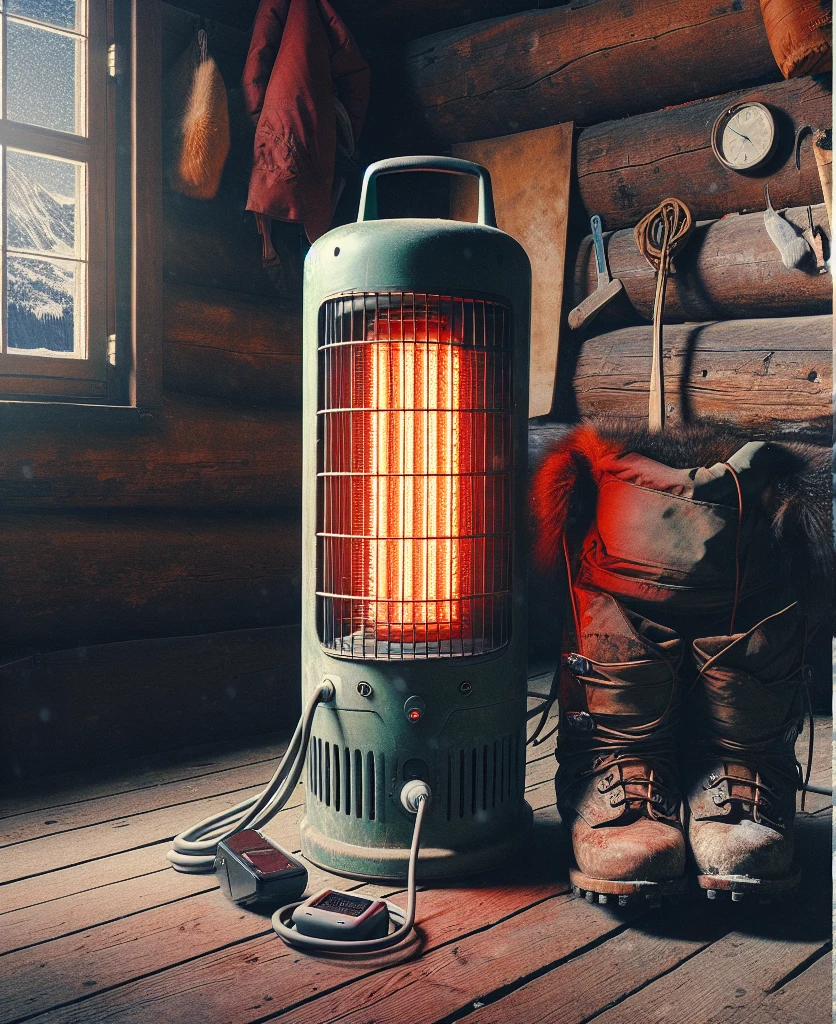
The concept of heated clothing dates back to the early 1900s, and ski clothing manufacturers in the 1950s and 60s experimented with new, lighter fabrics that provided warmth. Heated clothing as we know it today was invented in the mid-1970s by Gordon Gerbing, which led to the development of electric heated socks.
As time passed, heated ski gear transitioned from boot heaters to heated insoles, and finally, battery-powered heated ski socks emerged with the advent of rechargeable batteries. Thanks to rechargeable lithium battery technology advancements, battery packs transformed heated ski gear, rendering heated ski socks more adaptable and user-friendly.
From Boot Heaters to Heated Insoles
Boot heaters and heated insoles were the initial solutions for cold feet during winter sports. However, they had limitations, such as:
Challenging installation
High cost compared to heated socks
Limited heating to only the boots
Not being suitable for extreme cold temperatures.
Boot heaters evolved into heated insoles by developing a heating device that spread warmth via the insole to the ski boot. This technology was further refined over time, leading to the creation of heated ski boots with insoles that can be inserted for added warmth and comfort. Modern heated ski socks often come with three heat settings for customizable warmth.
The Rise of Battery Packs
Battery packs have revolutionized heated ski gear, making heated ski socks more versatile and user-friendly. With the use of a rechargeable battery pack, heated ski socks can be used repeatedly, providing warmth for extended periods. The batteries are conveniently located and do not interfere with the ski boot buckles.
Battery-powered heated ski socks provide a more targeted and portable heating solution for skiers compared to earlier heated ski gear. They come with built-in heating elements powered by a lithium-ion battery, providing direct heat to the feet for warmth and comfort during skiing. This allows for longer heating durations, ensuring that your feet stay warm throughout your skiing session.
How Heated Ski Socks Work
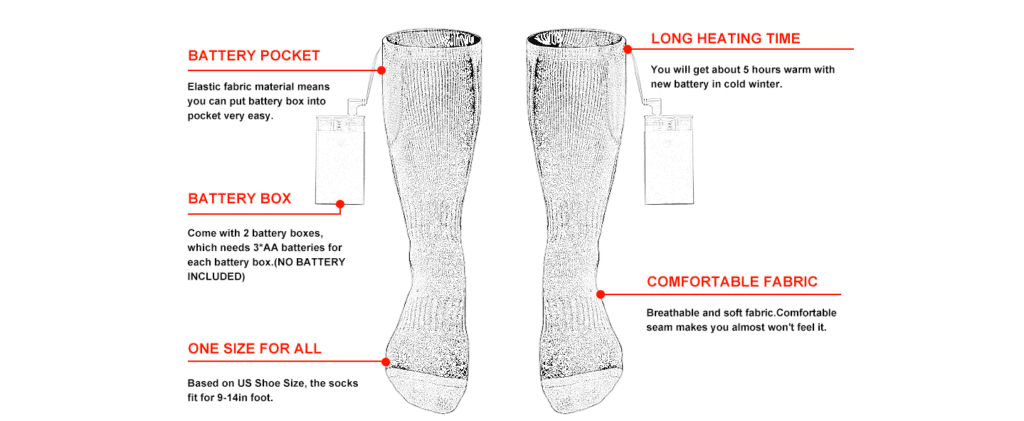
Heated ski socks function through the careful positioning of heating elements within the sock, spreading warmth to the whole foot, and encompassing the toes, soles, and insteps. A majority of the best heated ski socks feature adjustable temperature settings, enabling users to tailor the warmth to their liking and the weather conditions.
With built-in heating elements that cover the entire foot and adjustable temperature settings, Snow Deer heated socks ensure your feet stay warm and comfortable during your winter sports activities. No more struggling with cold feet or ski boot heaters that can’t keep up with your frosty adventures! Keep your feet warm with these innovative heated ski socks.
Heating Elements Cover the Entire Foot
Heated ski socks guarantee an even spread of warmth to the toes and across the whole foot through integrated heating systems, surround heat technology, and patented toe cap heating elements. The extra heat aids blood circulation, assuring that the warmth reaches the toes as the blood circulates.
The heating elements in heated ski socks are strategically placed around the toe area to provide focused warmth where it is most needed. These heating elements distribute optimum heat to ensure warmth throughout the foot. The heating elements are powered by a lithium-ion battery, which provides the necessary power for generating heat.
Three Adjustable Temperature Settings
The majority of heated ski socks feature three adjustable temperature settings, offering you the flexibility to set the warmth to your liking. The usual temperature ranges for heated ski socks’ three adjustable settings can differ, yet they typically span from around 90°F to 130°F.
These adjustable temperature settings allow users to easily adapt to changing weather conditions and ensure maximum comfort and protection while skiing. Some heated ski socks even have app remote control options, enabling users to effortlessly adjust the temperature settings via their smartphones.
Comparing Types of Heated Ski Socks
Heated ski socks come in various types, including electric socks and battery heated socks. Electric socks typically come with a 5000mAh battery, Type-C port, three heating settings, and Smart APP control, while battery heated socks come with rechargeable 3.7 Volt Li-On batteries, adjustable temperature settings, and remote control options.
Some heated ski socks also feature app remote control options, allowing users to easily adjust temperature settings via their smartphones. This adds an extra layer of convenience and customization for optimal warmth and comfort during winter sports activities, making them the best heated socks for skiing.
Electric Socks Vs. Battery Heated Socks
Electric socks rely on a direct power source, while battery heated socks offer greater versatility and portability for winter sports enthusiasts. Electric heated ski socks tend to have a longer lifespan compared to battery heated socks, as they are powered by rechargeable batteries that can be replaced when they no longer hold a charge.
However, it is important to consider your personal preferences and needs when choosing between electric socks and battery heated socks. Electric socks may cause your feet to sweat more due to the direct heat applied, so it is important to choose socks with moisture-wicking properties to maintain comfort and warmth.
App Remote Control Options
App remote control options for heated ski socks allow you to:
Control the temperature of the socks using a mobile application
Adjust the heat settings
Turn the socks on or off
Monitor the battery life through the app
This feature provides convenience and customization for optimal comfort during your winter sports activities.
Some popular most heated ski socks brands with app remote control features include:
Lenz Products
Global Vasion
Flambeau
ActionHeat
Dr. Warm
These advanced features make it easier than ever to control your heated ski socks, ensuring the perfect level of warmth and comfort on the slopes.
Essential Features to Consider When Buying Heated Ski Socks
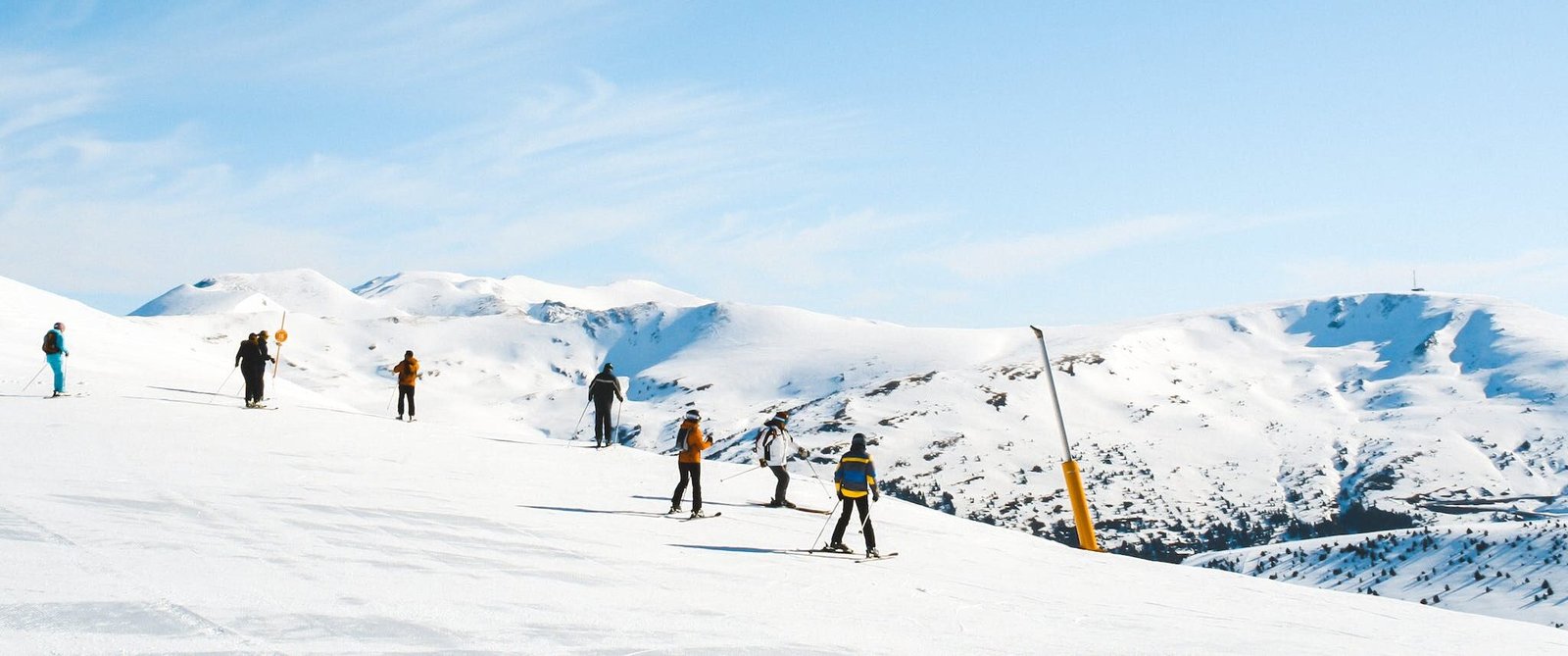
When purchasing heated ski socks, several key features should be taken into account. Material, moisture-wicking properties, fit, and compatibility with ski or snowboard boots are all vital factors that enhance overall comfort and performance. By considering these features, you can locate the ideal pair of heated ski socks to ensure your feet stay warm and cozy during your winter sports activities.
Material and Moisture Wicking
Heated ski socks are typically made from materials such as wool, cotton, and synthetic fibers. These materials provide warmth, comfort, and breathability for an unforgettable skiing experience. Moisture-wicking in fabric refers to the ability of the fabric to pull moisture away from the skin and allow it to evaporate, keeping the wearer dry and comfortable.
Merino wool, a moisture-wicking fabric, is commonly used in ski socks to keep the feet dry and maintain a comfortable environment during winter sports activities. When choosing heated ski socks, consider materials that offer warmth, comfort, and moisture-wicking properties to ensure optimal performance on the slopes.
Fit and Comfort with Ski or Snowboard Boots
Securing a proper fit and compatibility with ski or snowboard boots is key for the best warmth and comfort during winter sports activities. Heated ski socks should fit tightly around the foot to prevent shifting or bunching, which could cause blisters. Ensure there’s ample space to move your toes and flex your foot for utmost comfort.
The ideal thickness for heated ski socks to ensure a proper fit with ski or snowboard boots depends on the tightness of the boot fit. It is highly recommended to choose socks that are comfortable and breathable with just the right amount of stretch for a snug yet non-restrictive fit.
Maintaining Your Heated Ski Socks
Appropriate upkeep is necessary for optimizing the durability and efficiency of your heated ski socks. Adherence to the manufacturer’s care instructions, proper washing and drying of your socks, and battery maintenance will ensure that your heated ski socks stay in prime condition for several future winter sports adventures.
Washing and Drying
To wash heated ski socks, follow these steps:
First, check if they are machine-washable. If they are, use a gentle cycle and cold water to avoid damaging the heating elements.
If they are not machine-washable, wash them by hand with warm water and soap.
Always remove all batteries or detachable cables before washing.
When drying your heated ski socks, it is essential to air dry them by laying them flat on a towel in a well-ventilated area. Avoid using a tumble dryer, as the heat can damage the heating elements. By following these washing and drying tips, you can help preserve the functionality and longevity of your heated ski socks.
Battery Care and Storage
Proper battery care and storage are essential for maximizing the lifespan and performance of your heated ski socks. Disconnect the battery from the socks and store it in a cool, dark place out of direct sunlight. This helps prevent damage to the battery and ensures that it remains in good working condition for your next winter sports adventure.
Regularly checking the battery life of your heated ski socks can also help you maintain their performance. If you notice a significant decrease in battery life, it may be time to replace the battery to ensure that your feet stay warm and comfortable during your winter activities.
Summary
In conclusion, heated ski socks are a game-changing innovation in winter sports gear, offering numerous benefits such as warmth, comfort, and improved circulation. With the evolution of heated ski gear, the introduction of battery packs, and various types of heated ski socks available on the market, finding the perfect pair to suit your needs has never been easier. By considering essential features such as material, moisture-wicking properties, fit, and compatibility with ski or snowboard boots, and properly maintaining your heated ski socks, you can enhance your winter sports experience and say goodbye to cold, numb toes!
Frequently Asked Questions
Are heated socks worth it skiing?
Heated socks are definitely worth it for skiing, as they provide warmth and comfort, allowing you to fully enjoy the slopes without worrying about cold feet. They are especially helpful if you have poor circulation or get cold easily.
How long do heated ski socks last?
Heated ski socks are powered by 7.4V rechargeable lithium-ion batteries, offering up to 5-7 hours of warmth on the lowest setting – perfect for most outdoor activities. The batteries can easily be recharged and replaced, providing up to 16 hours of warmth when set at the lowest level. At higher levels, they provide up to 6.5 hours of heat, making them a great option for long days in the snow.
How hot are snow deer heated socks?
SNOW DEER heated socks can keep your feet toasty and comfortable with three heat settings – the low setting provides heat between 93-100oF, medium 100-113oF, and high 113-131oF – for up to 7 hours on the lowest setting, perfect for a chilly day out!
How do heated ski socks work?
Stay toasty on the slopes with heated ski socks! They work by strategically placing heating elements within the sock to provide warmth all over your foot – toes, soles, and insteps included!
What is the difference between electric socks and battery heated socks?
Electric socks require a power source, while battery heated socks offer convenience and mobility for outdoor enthusiasts looking to stay warm in the winter.




